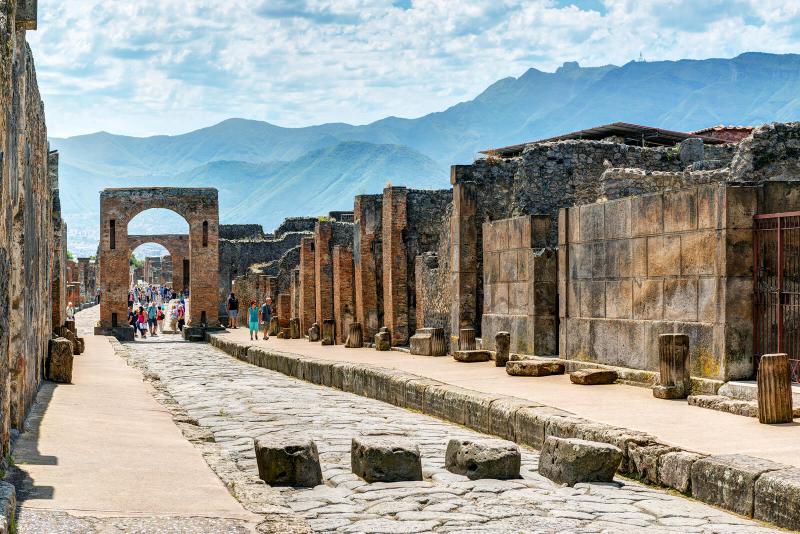A charcoal inscription recently unearthed on the walls of a house in Pompeii seems to suggest that the ancient Roman city was destroyed by the eruption of Mount Vesuvius in 79 AD two months later than traditionally assumed.
Un until now, the eruption had been ‘officially’ dated to August 24, based on the only written account of the disaster, penned by historian Pliny the Younger, who saw the eruption from some 30 km away. Pliny wrote the two letters describing the eruption of Mount Vesuvius in great detail approximately 25 years after the event, in response to the request of a friend, the historian Tacitus. The originals have not survived, and copies transcribed during the Middle Ages report different dates, ranging from August to November.
Some researchers have long supported a ‘fall theory’ of the eruption, based on a number of elements found at the site which seem to point to the autumn season rather than summer: people buried in the ash appear to have been wearing heavier clothing; braziers were found in the houses; fruit and vegetables in the shops were typical of October (for example chestnuts, walnuts and dates, pomegranates put to dry), while summer fruit typical of August such as figs and prunes were being sold in dried form; wine fermenting jars had been sealed as would have been typical of the end of October.
The inscription may help confirm the fall theory. Found on the wall of the ‘Casa con Giardino’ (House with Garden), which only recently resurfaced, it reports a date – ‘XVI K NOV’ – which corresponds to October 17: the 16th day (XVI) before the calends (K – calends is the Roman term for the first day of the month) of November (NOV).
The director of the Parco Archeologico di Pompeii, Prof. Massimo Osanna, posted the full inscription on his Instagram account, and relative translation:
“XVI (ante) K(alends) Nov(embres) in[d]ulsit pro masumis esurit[ioni].
Il 17 ottobre lui indulse al cibo in modo smodato.”
(On October 17, he over-indulged in food.)
The inscription doesn't give the year, however archaeologists think it couldn’t have been preserved for years prior to the eruption because charcoal is fragile and would have faded or been rubbed off.
The latest in a series of important finds made during recent excavations of the Regio V section of Pompeii, the inscription, says Italy’s Culture Minister Bonisoli, “could change the history books.”








